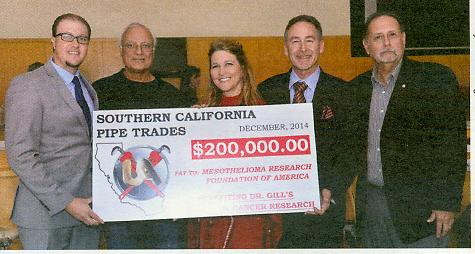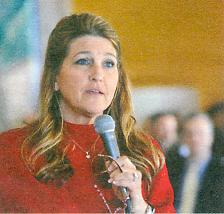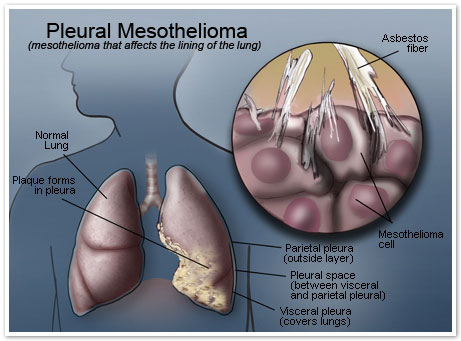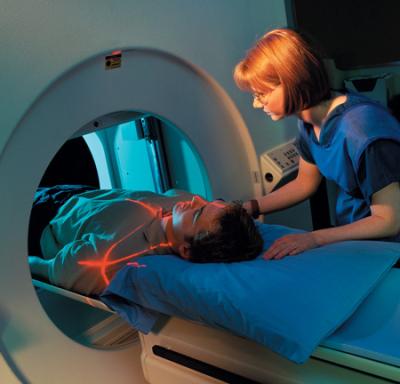October 8, 2018
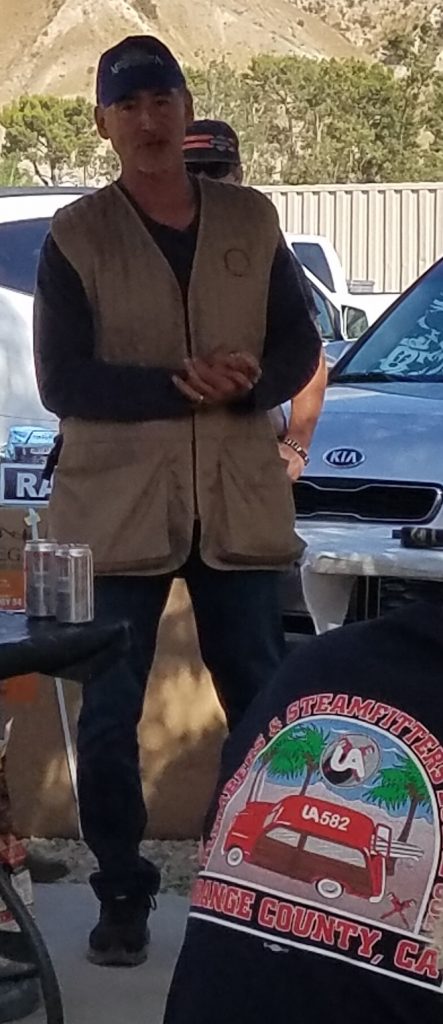
The Mesothelioma Research Foundation of America would like to thank the Southern California Pipetrades District Council 16 for organizing another amazing event and rounding out our 2018 fundraising season! Business Manager Mike Layton and Director of Organizing John Ferruccio have done an outstanding job in making this event what it has become, growing every year in popularity with more participants and supporters. This year the event brought in over $50,000 and as always, 100% of the net proceeds of the event will go directly to mesothelioma research!
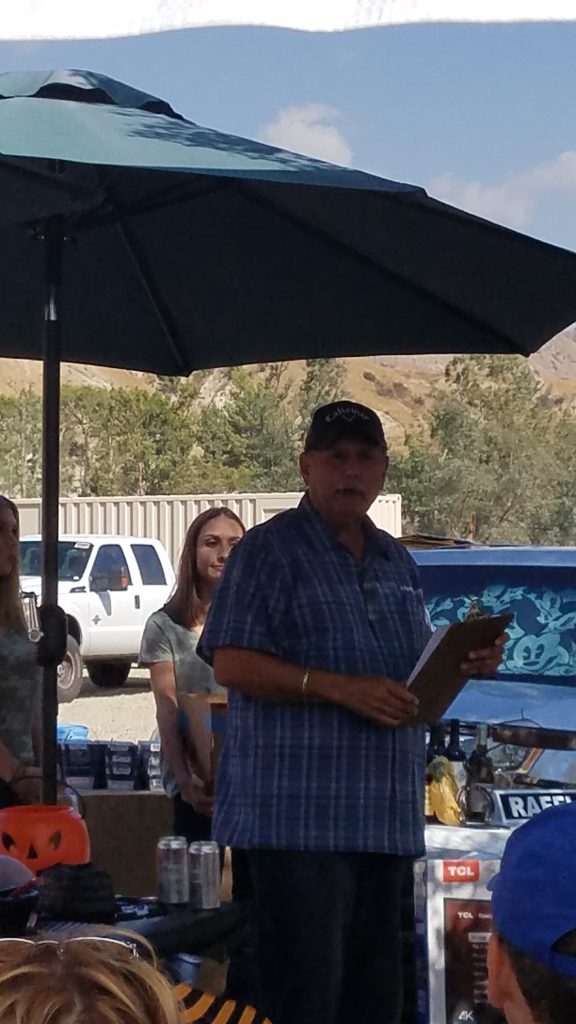 Southern California District Council 16 Organizer John Ferruccio thanks sponsors for their continued support before starting the alwys popular raffle. We cannot thank John enough for everything he does for the Foundation and growing the events to what they have become.
Southern California District Council 16 Organizer John Ferruccio thanks sponsors for their continued support before starting the alwys popular raffle. We cannot thank John enough for everything he does for the Foundation and growing the events to what they have become.This year we returned to the Moore ‘N Moore Sporting Clays in the San Fernando Valley, CA, despite a fire completely destroying the facility in 2017. Moore ‘N Moore did a fantastic job in getting their operation back up and running and hosting the event, hats off to Cory Moore and his staff. Participating in the event on behalf of the Foundation were Board Member Jerry Neil Paul, Assistant Executive Director Shane Rucker, Medical Advisory Committee Member Jonathan Paul and Attorney Josh Paul, who all had a great time at the event. We all spent a relaxing day in the canyons of the Angeles National Forest, taking a shot at breaking sporting clays, before gathering for a delicious lunch.
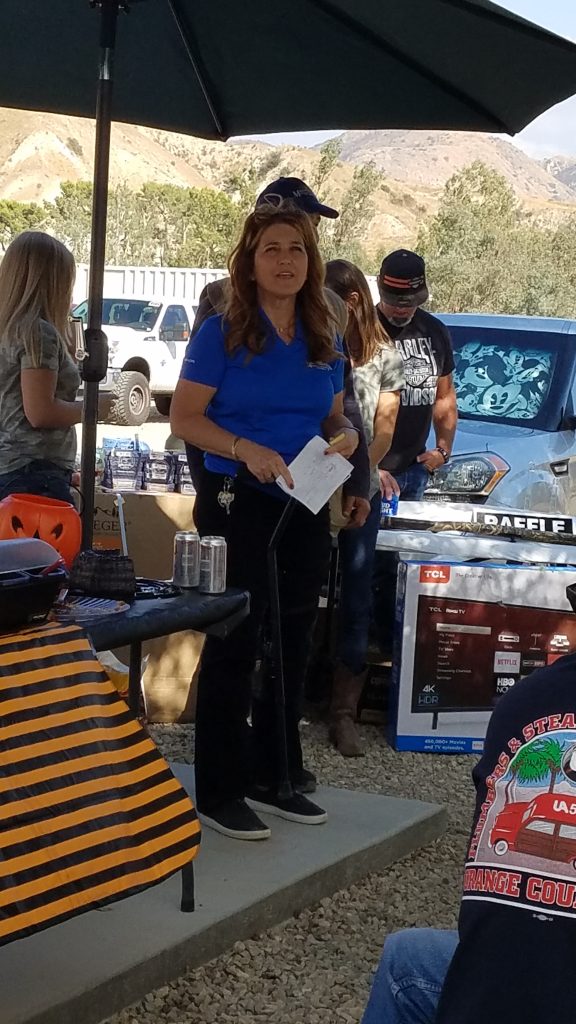 Executive Director Elizabeth Ann Paul thanks event sponsors and everyone who came out to Aim to Cure Mesothelioma before giving everyone a brief history of how the Foundation was formed in 2001 and how far we have come since then.
Executive Director Elizabeth Ann Paul thanks event sponsors and everyone who came out to Aim to Cure Mesothelioma before giving everyone a brief history of how the Foundation was formed in 2001 and how far we have come since then.Supporters heard where and how their generous donations would be used in helping to find better treatment options for this brutal disease. DC16 Organizer John Ferruccio began by thanking those who come out to support the events, as well as those who volunteer their time. Elizabeth and Jerry Paul spoke on behalf of the Foundation, thanking sponsors who continue to support the cause and have been instrumental in the success of the event as well as in the development of new treatments. Jerry Paul highlighted one of the successes with the immunotherapy treatment PD-1 antibody being used in combination with EphB-4 and the promise shown in the laboratory.
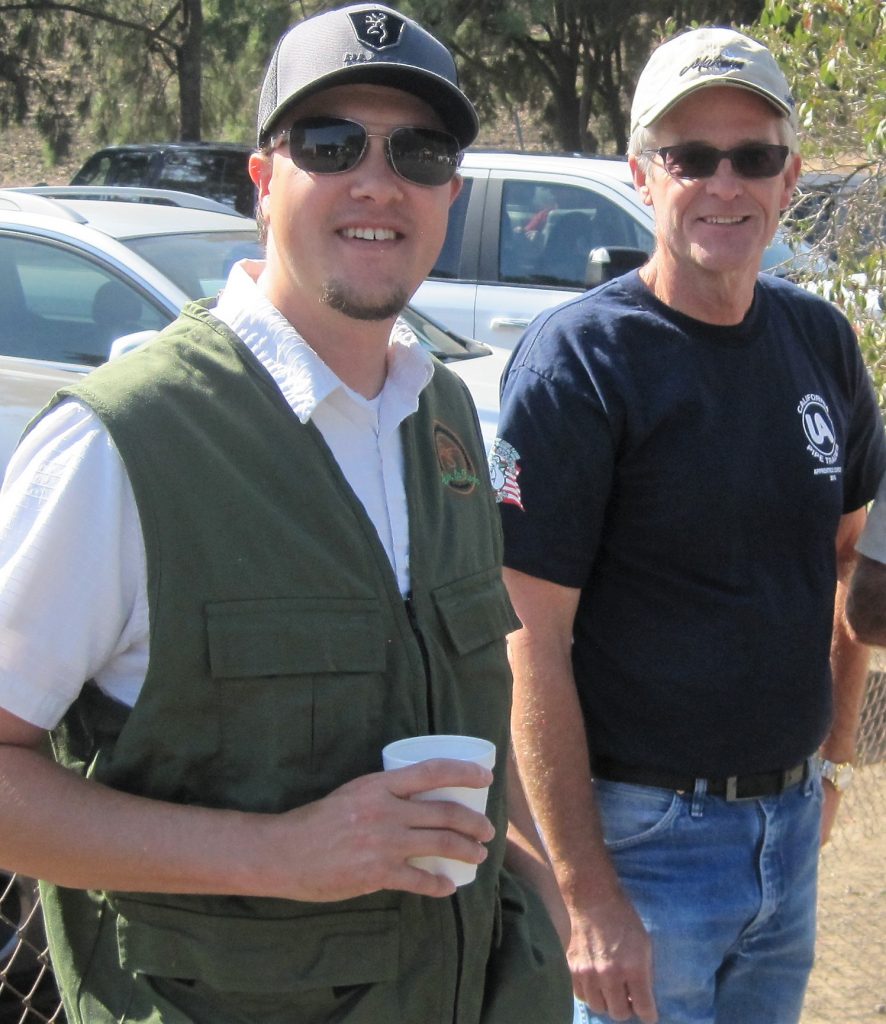 Assistant Executive Director Shane Rucker and Southern California District Council 16 Business Manager Mike Layton before heading out on the course. Thank you Mike for your leadership and dedication to this noble cause.
Assistant Executive Director Shane Rucker and Southern California District Council 16 Business Manager Mike Layton before heading out on the course. Thank you Mike for your leadership and dedication to this noble cause.The Foundation would like to personally thank all of those who organized and supported this year’s event. Without the support of people such as DC16 Organizer John Ferruccio and DC 16 Business Manager Mike Layton, this event and the great turnout would not be possible. They have done a fantastic job, year after year, and we cannot be more proud of working with them. THANK YOU !!!

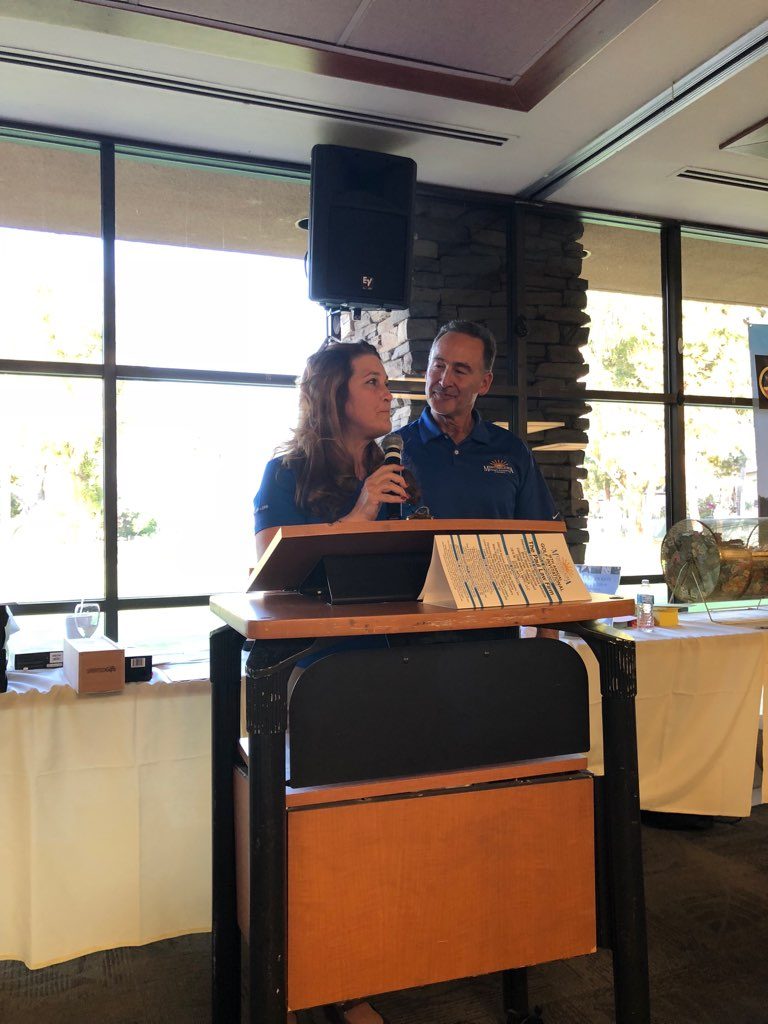
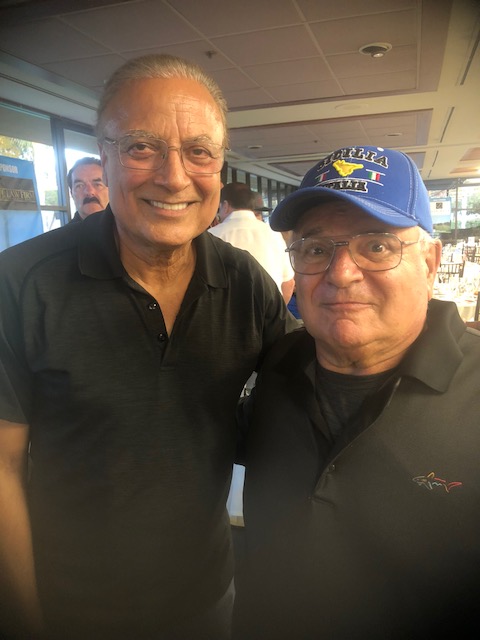
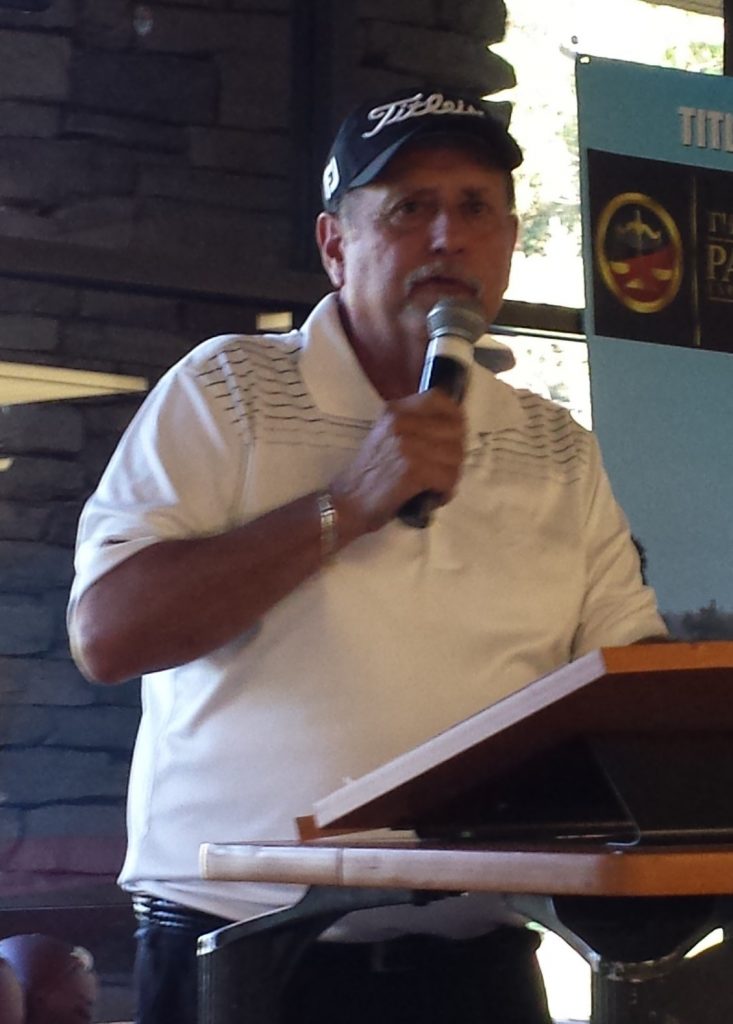
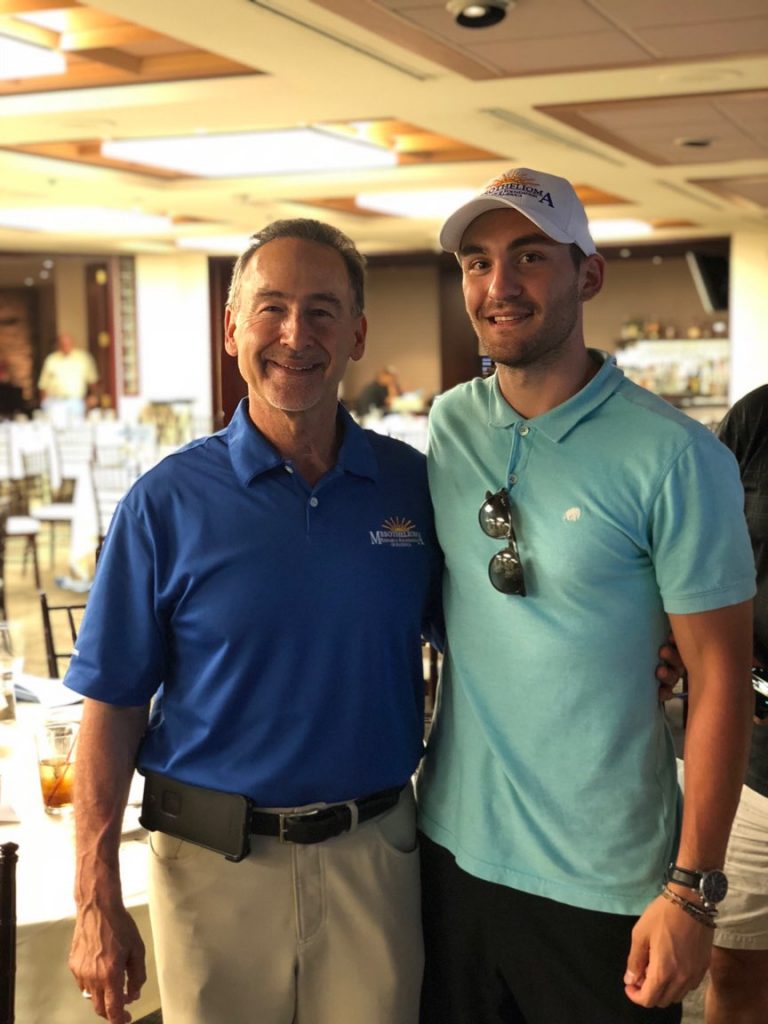
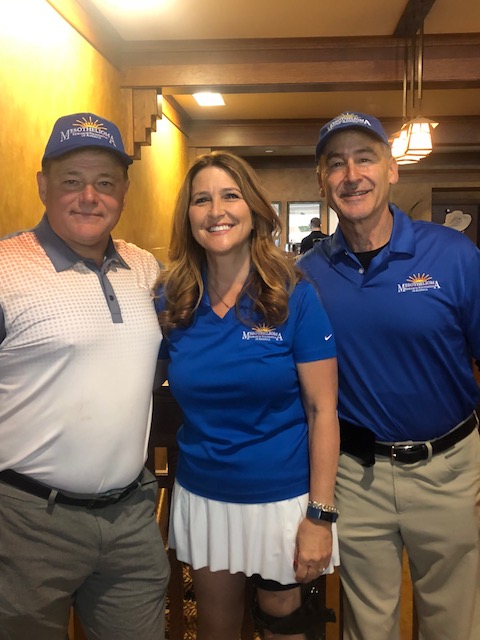
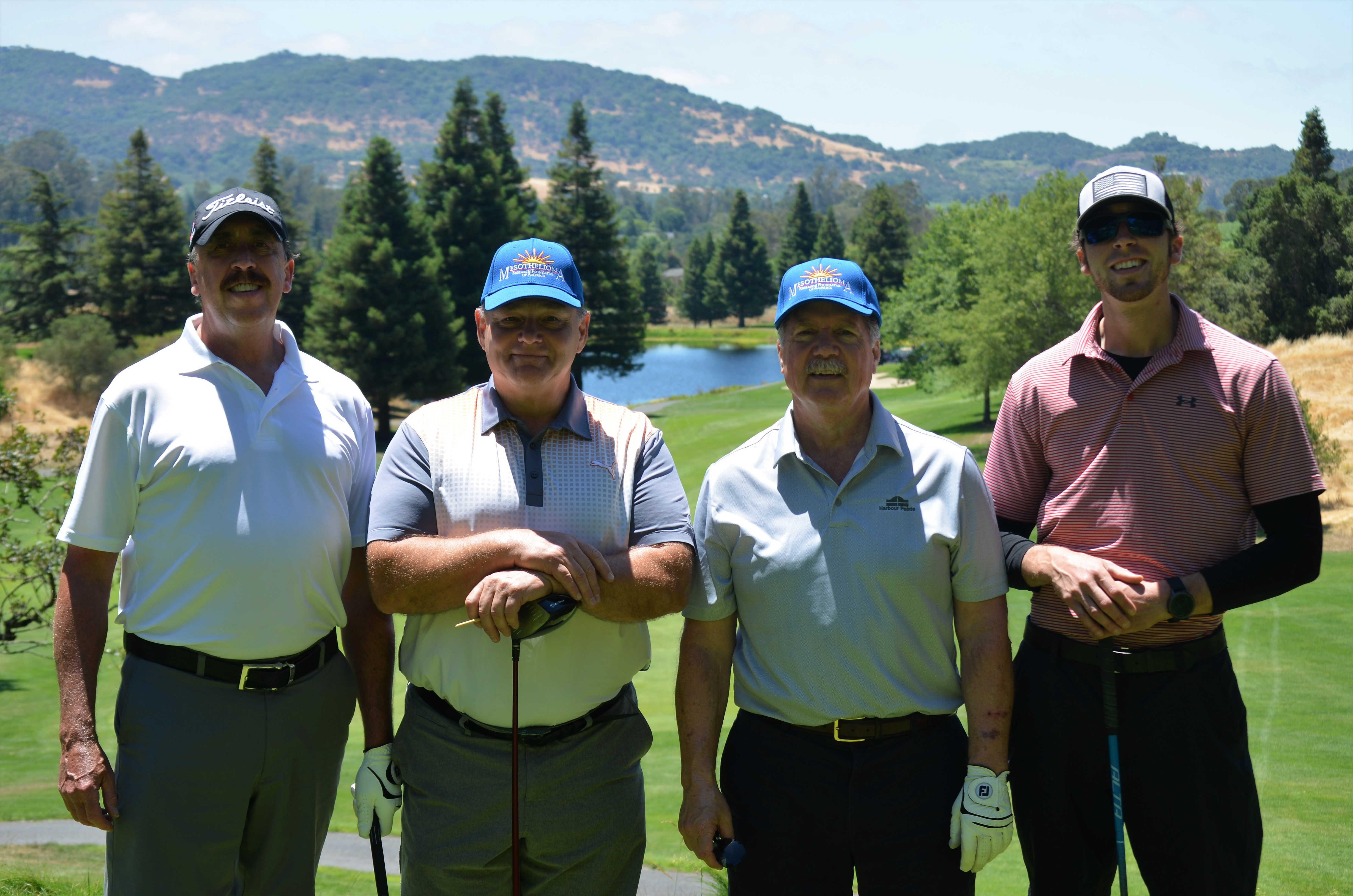
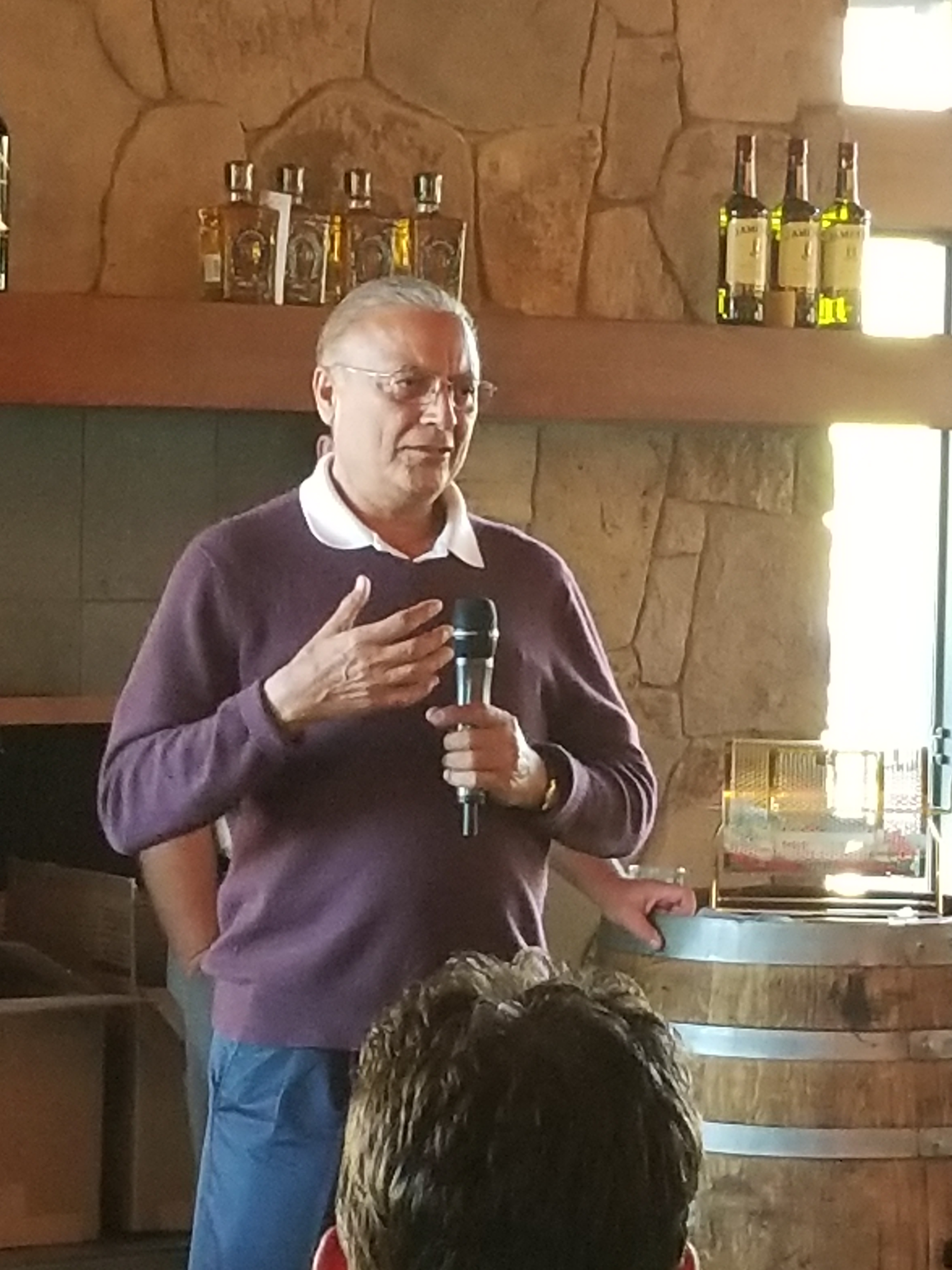
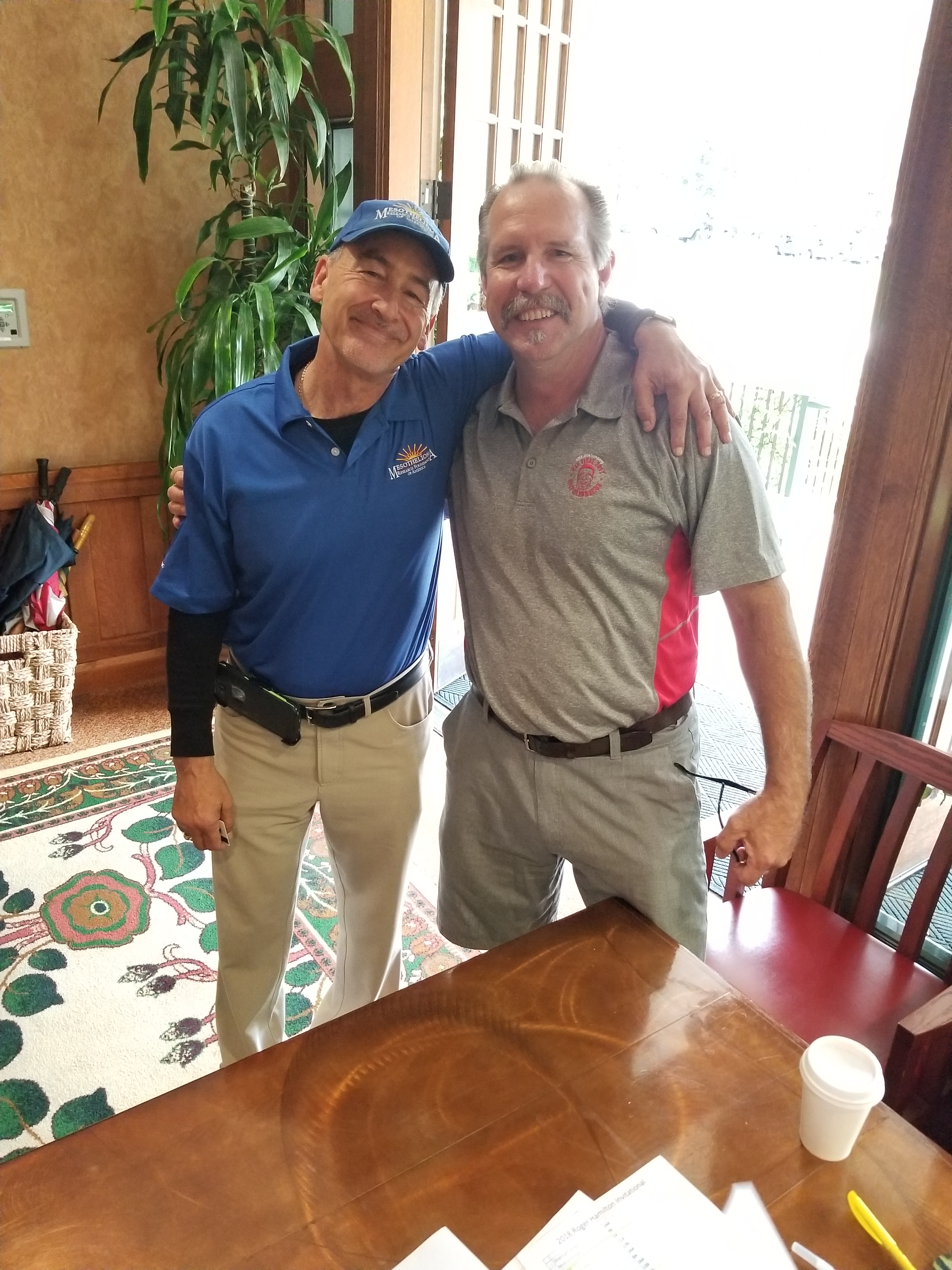

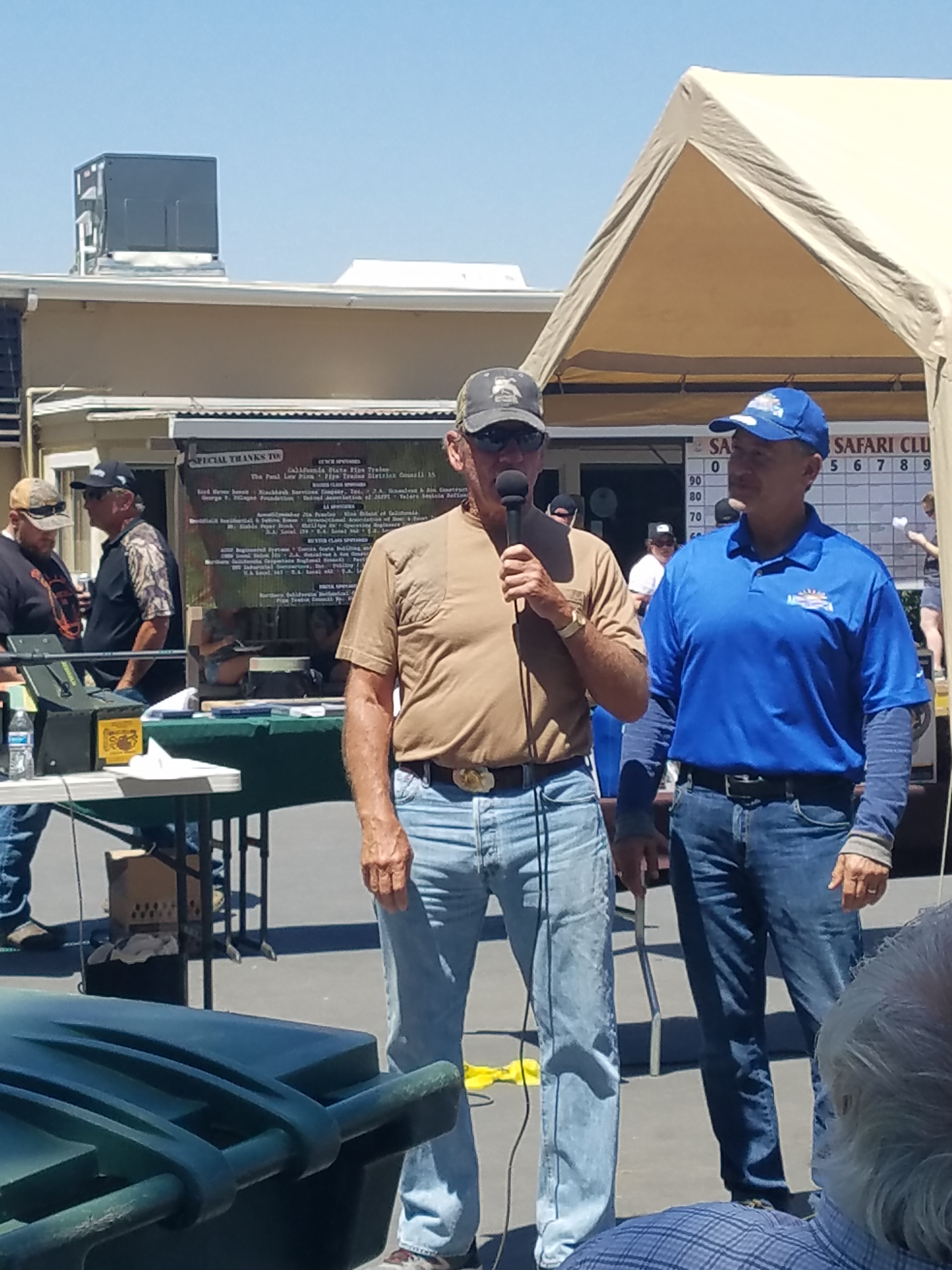
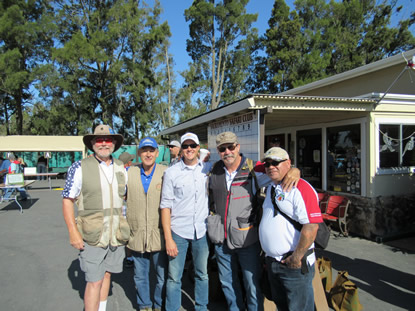
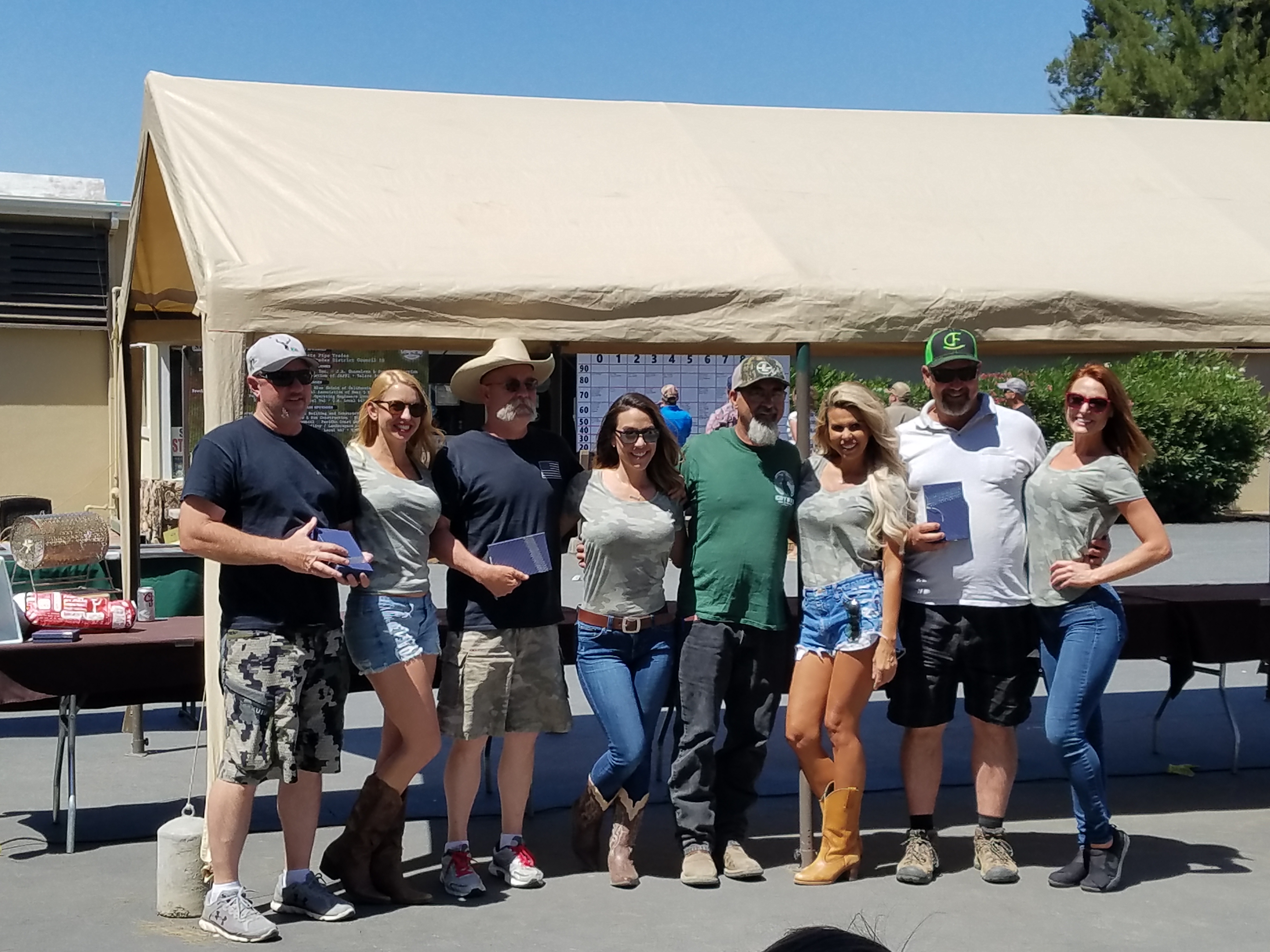
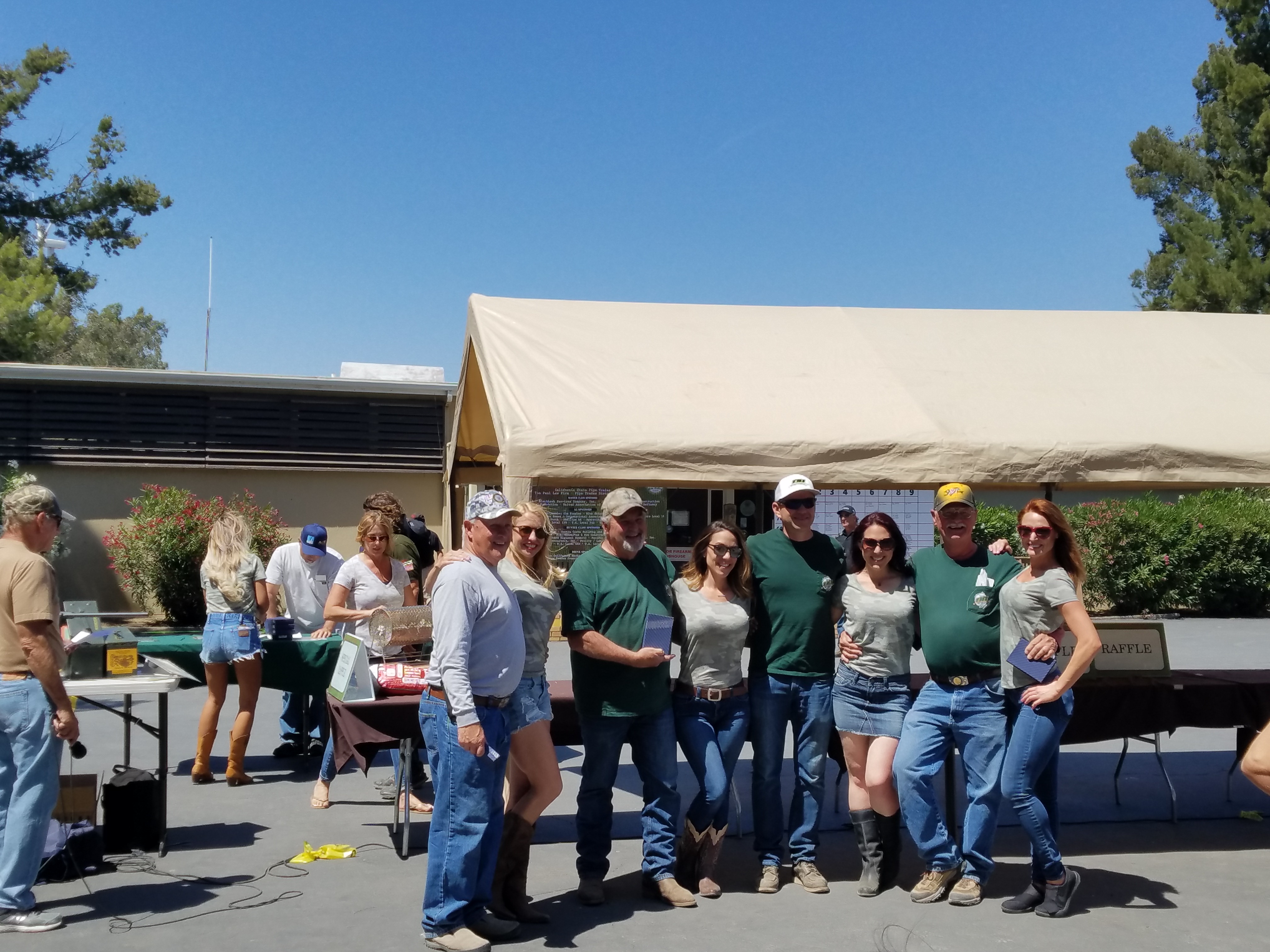
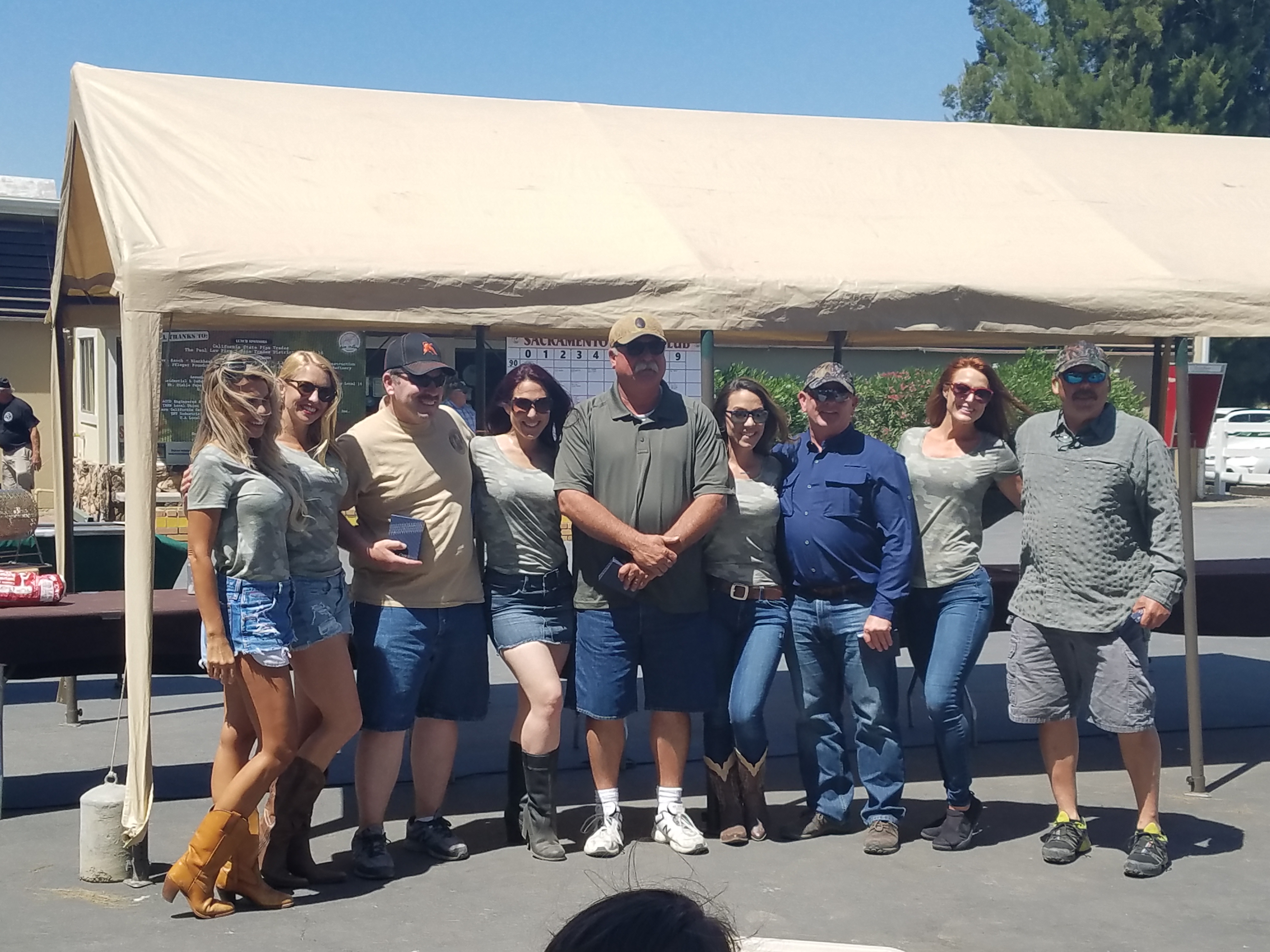
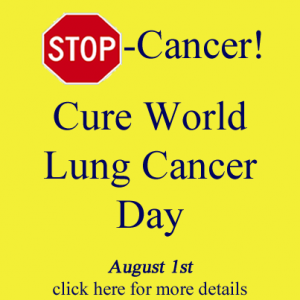
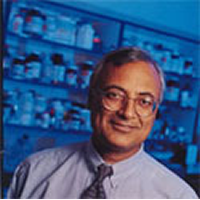
 target specific cancer tumors.
target specific cancer tumors. hope in finding a match to the many new drugs that target exactly and stop the cancer mutations that stimulate the cancer’s growth. Good matches can produce excellent results with dramatic effect at reducing tumors, but “precision drug treatment” is not always a cure. Sometimes the treatment is thwarted when a tumor evolves. This forces oncologists to seek the identity of new mutations that can be stopped with effective treatment.
hope in finding a match to the many new drugs that target exactly and stop the cancer mutations that stimulate the cancer’s growth. Good matches can produce excellent results with dramatic effect at reducing tumors, but “precision drug treatment” is not always a cure. Sometimes the treatment is thwarted when a tumor evolves. This forces oncologists to seek the identity of new mutations that can be stopped with effective treatment.